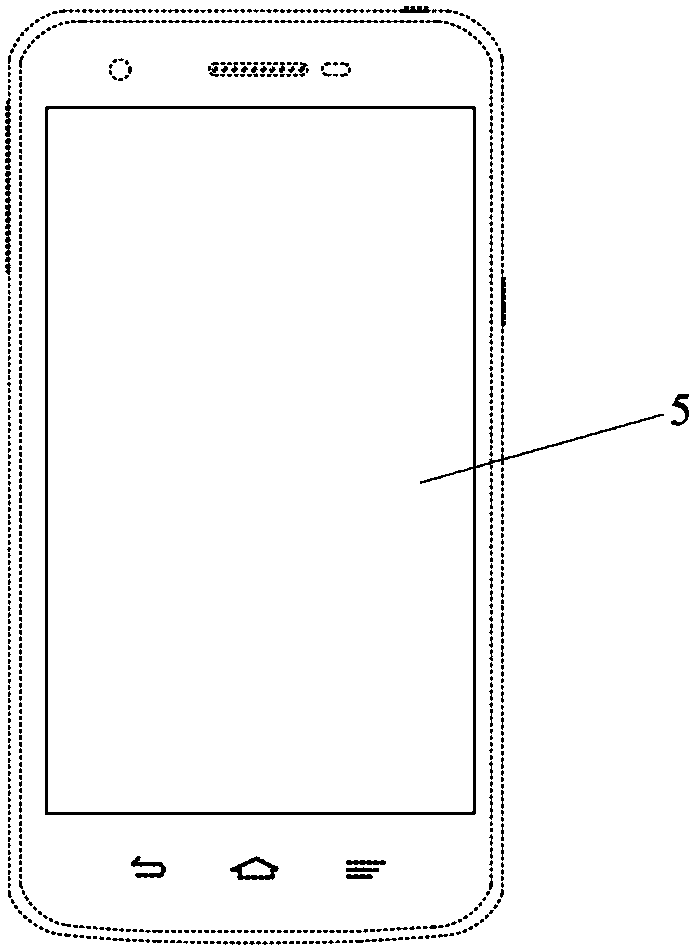Compound and organic luminescence display device
A compound and organic technology, applied in the field of organic electroluminescent materials, can solve the problems of poor stability of phosphorescent devices, roll-off of phosphorescent material efficiency, unfavorable mass production, etc., to reduce the problem of exciton quenching and satisfy device performance , strong effect
- Summary
- Abstract
- Description
- Claims
- Application Information
AI Technical Summary
Problems solved by technology
Method used
Image
Examples
preparation example Construction
[0121] The preparation method of the compound according to the present invention may include the following steps: respectively reacting the activated thienyl group with the D unit and the A unit to obtain the compound.
[0122] The preparation methods and results of several specific compounds are given below.
[0123]
[0124] Intermediates S1, S4, S8, S12, S13, S14, S17, S23, S25, S28, and S29 are all commercially available products.
[0125] Synthesis of Compound P1
[0126] Synthesis of intermediate S3
[0127]
[0128] S1 (10mmol), 9,9-dimethyl-9,10-dihydroacridine S2 (10.5mmol), (dibenzylideneacetone) dipalladium (0) (0.05mmol), sodium tert-butoxide ( 14mmol), 4,5-bisdiphenylphosphine-9,9-dimethylxanthene (0.2mmol) were put into a 50mL three-necked flask, and while stirring, the degassing and nitrogen replacement were repeated three times rapidly, and the 20mL of toluene. The mixture was heated to reflux for 3 hours under nitrogen flow. After the reaction, wate...
Embodiment 1~8
[0259] figure 1 Shows the orbital arrangement of compound P1, where, figure 1 (a) is the HOMO energy level distribution diagram of compound P1, figure 1 (b) is the LUMO energy level distribution diagram of compound P1. from figure 1 It can be clearly seen that the HOMO and LUMO of compound P1 are arranged on different units, achieving complete separation, which helps to reduce the intersystem energy difference △E ST , so as to improve the reverse intersystem crossing ability.
[0260] Using density functional theory (DFT), for compounds P1~P6, P21, P30, using the Gaussian 09 program package at the B3LYP / 6-31G(d) calculation level, the distribution of molecular frontier orbitals was optimized and calculated; at the same time Based on the time-dependent density functional theory (TDDFT), the singlet energy level S of the molecule is simulated and calculated 1 and the triplet energy level T 1 .
[0261] The relevant data of Examples 1-8 are shown in Table 1. It can be see...
PUM
 Login to View More
Login to View More Abstract
Description
Claims
Application Information
 Login to View More
Login to View More - R&D
- Intellectual Property
- Life Sciences
- Materials
- Tech Scout
- Unparalleled Data Quality
- Higher Quality Content
- 60% Fewer Hallucinations
Browse by: Latest US Patents, China's latest patents, Technical Efficacy Thesaurus, Application Domain, Technology Topic, Popular Technical Reports.
© 2025 PatSnap. All rights reserved.Legal|Privacy policy|Modern Slavery Act Transparency Statement|Sitemap|About US| Contact US: help@patsnap.com



